
Cardiovascular
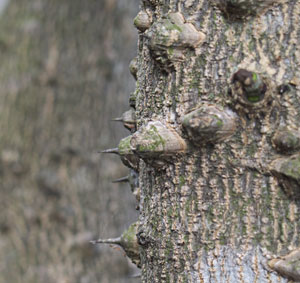
Prickly ash (Zanthoxylum americanum) has been used traditionally and clinically for ailments caused by poor circulation, including leg cramps, varicose veins, varicose ulcers, and blisters caused by insufficient circulation resulting from exposure to cold.
Central Nervous

Ginkgo (Ginkgo biloba) improves circulation of the blood, making it effective in treating poor circulation and senile dementia.
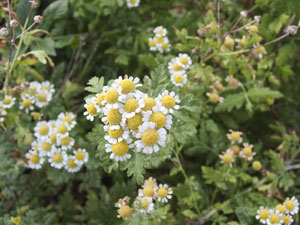
Feverfew (Tanacetum parthenium) aerial parts (especially the whole leaf) are used as a preventative for migraine headaches.
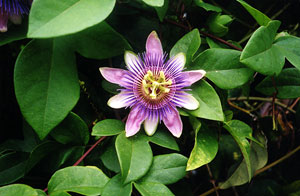
Passionflower (Passilfora incarnata) is used to alleviate anxiety and treat restlessness.
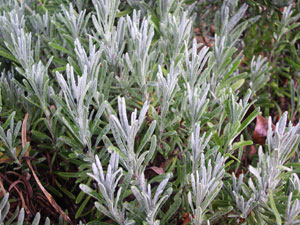
Lavender (Lavandula angustifolia ) is used aromatherapeutically for depression, anxiety, irritability, tension and treating migraine headaches.
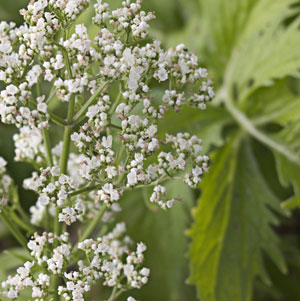
Valerian (Valeriana officinalis) is used to treat restlessness, anxiety, and sleeping disorders based on nervous conditions. The root is used medicinally, and has been said to have an unpleasant odor.
Digestive

Aloe (Aloe barbadensis) has been used internally as a bitter tonic. The dried latex of the aloe plant is one of the most effective stimulant laxatives available, although this use is no longer officially approved or legal in the U.S.
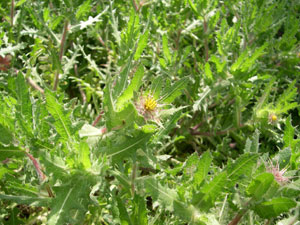
Blessed thistle (Cnicus benedictus) is used primarily as a bitter tonic to treat digestive and stomach disorders. The leaves, an ingredient in various teas, stimulate the production of bile, and thus aid digestion.

The benefits of licorice root (Glycyrrhiza glabra) include alleviating indigestion, reducing flatulence, relieving inflamed stomach, and reducing and sometimes curing ulcers.

Milk thistle (Silybum marianum) is used to treat liver disease, liver cirrhosis, hepatitis, and has been used as an antidote for Amanita mushroom poisonings.

Psyllium (Plantago psyllium) seeds and husks soothe and protect the whole GI tract. Psyllium is used medicinally for stomach and duodenal ulcers and helps treat acid indigestion.
Excretory
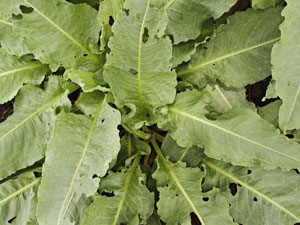
Yellow dock (Rumex sp.) treats irritable bowel syndrome and liver function deficiency.
Eye, Ear, Nose, Throat and Immune

The aerial parts of rue (Ruta graveolens) are traditionally used for fever, coughs, and croupy infections.

Madagascar periwinkle (Catharanthus roseus) has been used traditionally to treat diabetes and rheumatism. Currently two alkaloids extracted from the leaves, stems, and flowers are used in combination to treat various types of cancer.
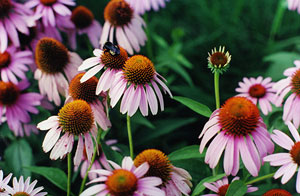
Echinacea tennesseensis is a rare dark purple species of echinacea. While high in immune-enhancing and antiviral alkylamides, it is not used medicinally because it is so rare.

Marshmallow (Althea officinalis) root is used for irritation of the oral and pharyngeal mucosa associated with dry cough.
Musculoskeletal
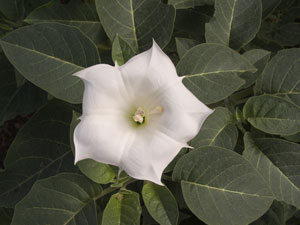
Jimson weed (Datura stramonium) was used externally in the past for nerve pain, and internally for severe muscle spasms and rheumatism. However, all Datura species are highly toxic and are not recommended for medicinal use as all parts of the plant contain harmful alkaloids.
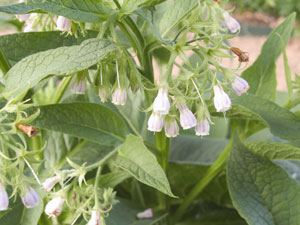
Comfrey (Symphytum officinale) is used topically to relieve inflammation and to speed the healing of bruises and muscle sprains. Comfrey contains pyrrolizidine alkaloids (PAs) and is not recommended for internal use.
Pulmonary
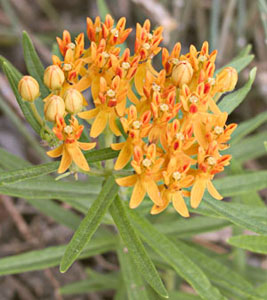
Pleurisy root (Asclepias tuberosa), also called butterfly weed, has been used traditionally to treat pleurisy, bronchitis, pneumonia and influenza. Treatment of these conditions with pleurisy root is still common in the United Kingdom, but not as much in mainland Europe or the United States.

Poke (Phytolacca americana) was used by Native Americans to treat rheumatism and various other conditions. Specifically, the Iroquois used a decoction of the stems for treating chest colds. There are numerous cases of poisoning on record from people eating poke.

Mullein (Verbascum thapsus) leaves are used for bronchitis, coughs, laryngitis, asthma, flu and respiratory mucus. The flower is used to relieve earache.
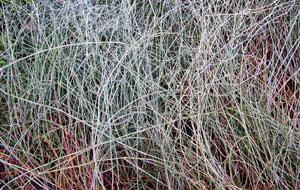
Ephedra (Ephedra nevadensis) ‘leaves’ were smoked by Amerindians to treat headache. Ephedra is used for mild asthma and nasal congestion; it acts by dilating the bronchioles, constricting blood vessels, and stimulating the central nervous system.
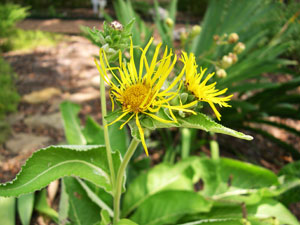
Elecampane (Inula helenium) is used internally for bronchitis, hay fever, irritant coughs, asthma, and pleurisy.
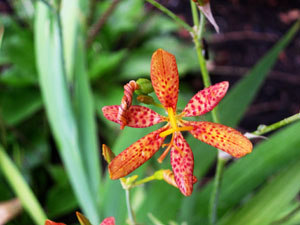
Leopard lily (Belamcanda chinensis), also called blackberry lily, is taken internally for throat infections characterized by profuse phlegm.

|